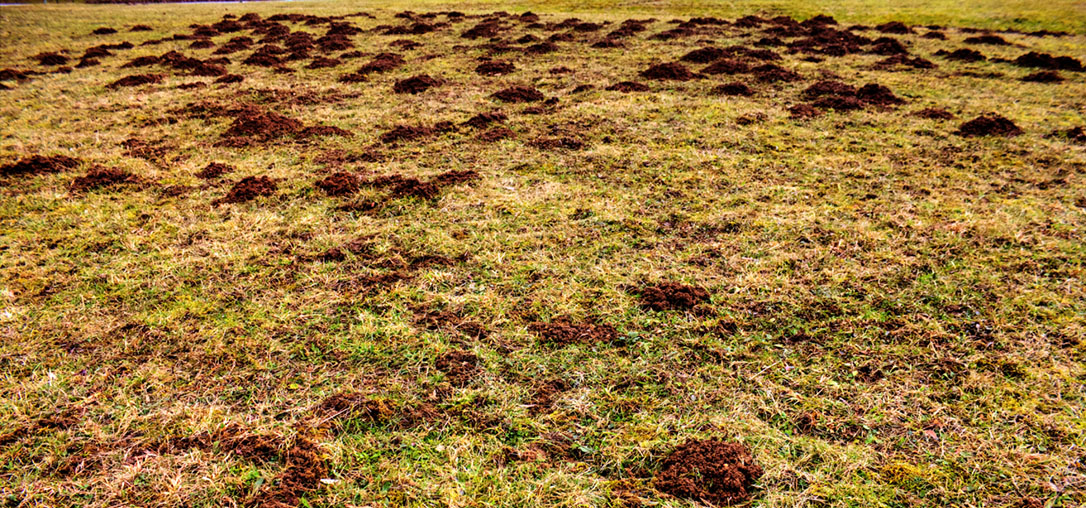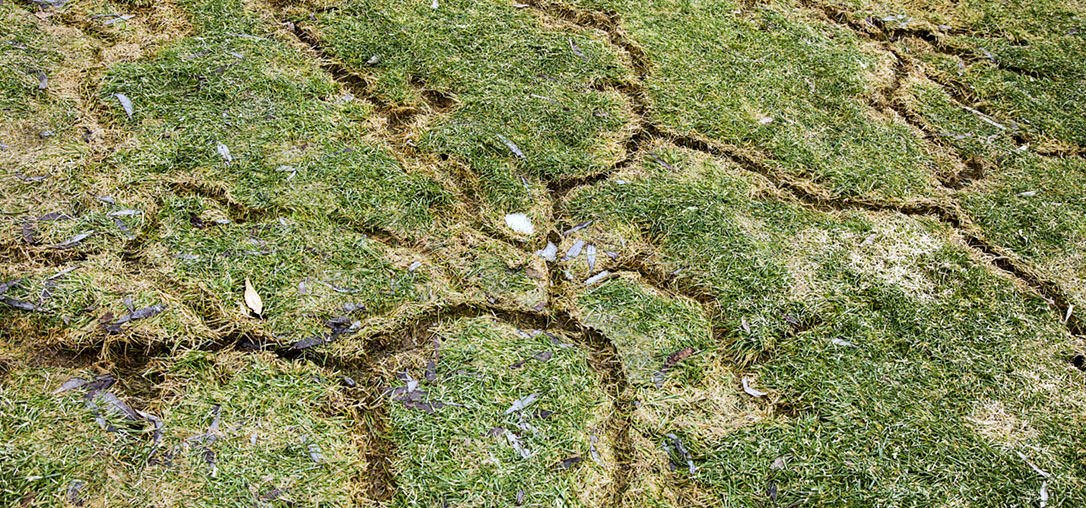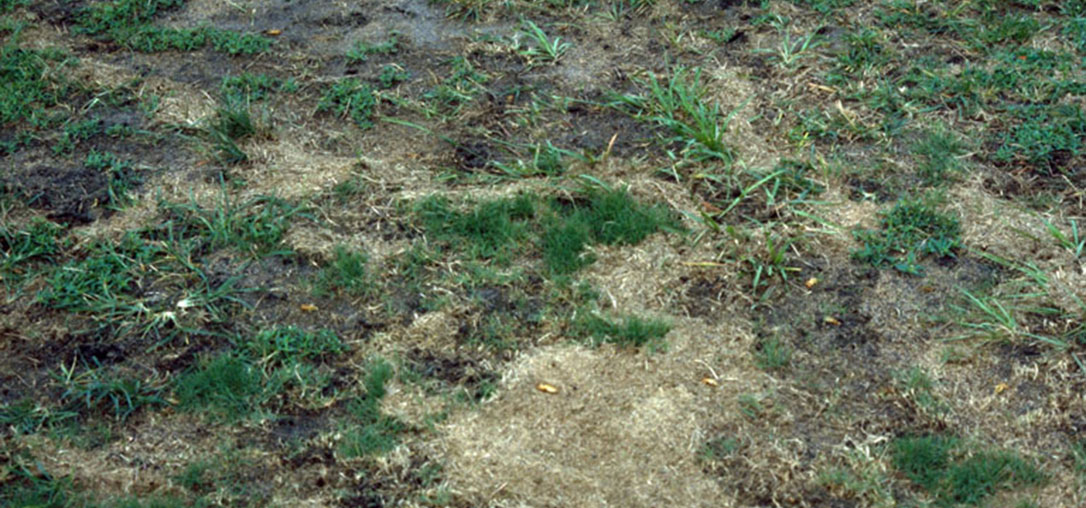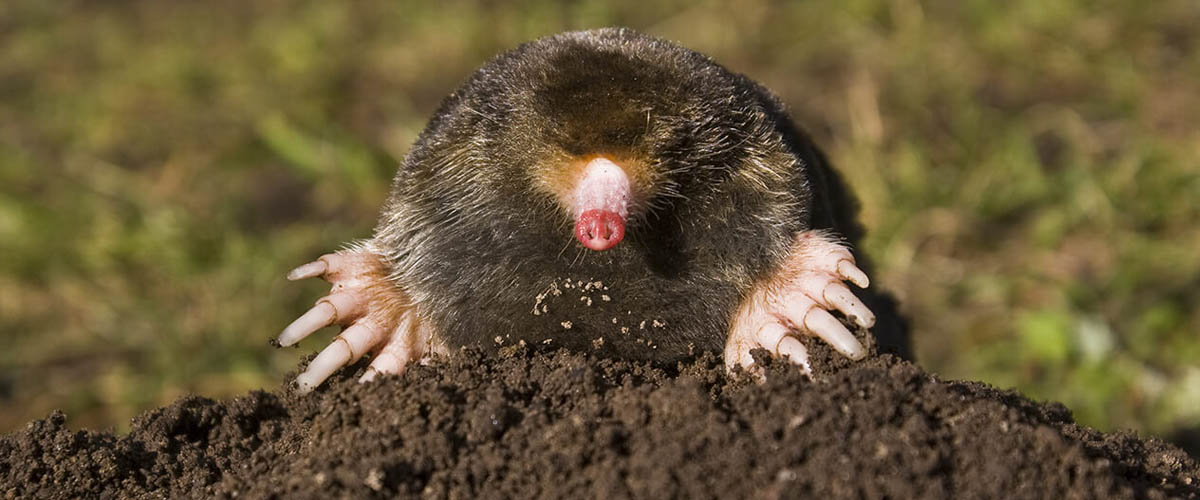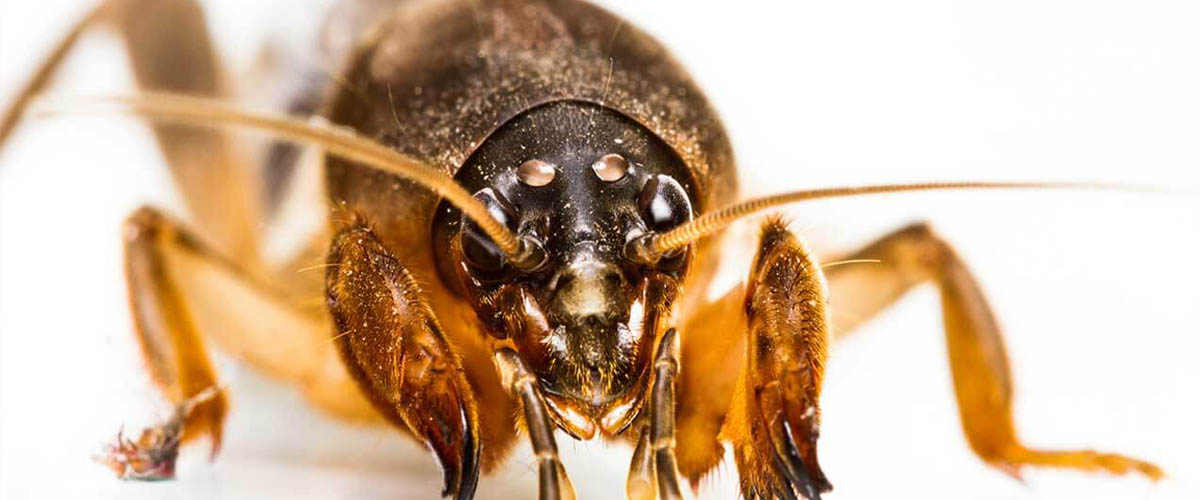Tunnels in Lawn
Finding a tunnel-like runway at or just below your lawn's surface signals a lawn-damaging pest is on site. Without intervention, a single tunnel turns into a network that can spoil enjoyment of your backyard. Learning to recognize lawn tunnel signs can help you treat the pest effectively.Moles
At up to 8 inches long, moles are the largest common pest to make visible tunnels in lawns. These pests create feeding tunnels as they seek out earthworm and insect meals. Signs of mole-related lawn tunnels include:- Raised tunnels pushed up from just below the surface
- Grass stays green on and beside tunnels
- Large, conical mounds of soil nearby
- Tunnels leave slight depressions when pressed back in place
Voles
Also known as meadow mice, voles create trench-like runways on top of the soil. Depending on the season, they rely on snow, mulch, grass or groundcover for tunnel-like camouflage. They also feed on grass roots. Signs of vole-related lawn tunnels include:- Shallow, narrow trenches revealed when snow melts
- Grass-free runways camouflaged as "tunnels" with grass, groundcover or mulch
- Dry, drought-like yellow or brown grass beside runways
- Soil-line bark damage to nearby trees and shrubs
Mole Crickets
At less than 2 inches long, mole crickets are one of the smallest — and most destructive — tunnel-making lawn pests. They damage lawns by tunneling and feeding heavily on grass roots and shoots. Signs of mole cricket lawn tunnels include:- Miniature, mole-like, raised tunnels just below the soil surface
- Small "molehills" scattered across lawns
- Large areas of brown, dying grass in late summer
- Heavy rains level tunnels and tiny mounds
Photo credit: University of Georgia, University of Georgia, Bugwood.org (CC BY 3.0 US)

